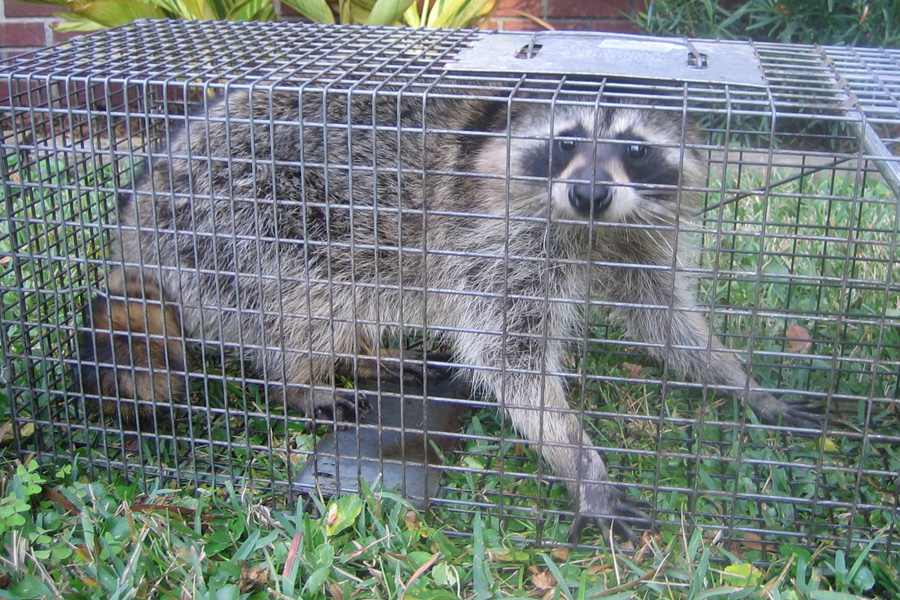The wildlife we see scampering through our yards every day can be cute and highly entertaining to watch, under the right conditions. However, homeowners often think of our urban wildlife as a nuisance, especially when they end up in attics or tear up gardens and yards. There is no doubt these little critters do a lot of damage.
A family of raccoons or rodents in the attic can tear up wood, wires and insulation. If you’ve ever caught a whiff of bat guano, it isn’t hard to believe that something that smells that bad can also erode metal and degrade stone and concrete. Speaking of smells: Have you ever tried getting skunk odour off of your dog? It isn’t surprising that people often attempt to take care of unwanted houseguests by trapping them themselves, but this can have negative consequences.
What Could Possibly Go Wrong?
While it’s understandable that a homeowner would be anxious to send the raccoon family that has taken up residents packing, it is best to call in the professionals for raccoon removal in Montreal, rather than doing the job yourself. Without the right kind of training, you run the risk of getting injured in the process of catching a disease. Each intruder is a potential carrier of diseases that can be transmitted to people.
Diseases Common Wildlife Transmit
Bats, skunks, raccoons and squirrels are all examples of animals that homeowners try to trap themselves. Of those, only squirrels do not carry rabies. While most people associate bats with this deadly disease, they don’t always realize that they are equally at risk for getting the disease from raccoons and skunks. Though we associate rabies with symptoms such as foaming at the mouth, erratic behaviour, confusion and lethargy, wildlife doesn’t always appear sick. They can be contagious before they show signs of illness. There are other disease risks from these critters as well, including:
- Bats: These flying mammals make good hosts for viruses. In recent years, several viruses seem to have made the jump from bats to humans, including SARS, SARS-CoV2, Ebola and Marburg.
- Raccoons: Raccoon droppings carry numerous pathogens. If you come into contact with raccoon feces during trapping, you are at risk for roundworm, salmonella and leptospirosis.
- Skunks: Though skunks are not related to raccoons, they do share diseases in common. All of the pathogens listed for raccoons are found in skunks as well.
- Squirrels: These little guys are the only ones we’ve identified that don’t carry rabies, but that doesn’t mean they are safe to handle! They can carry leptospirosis, tularemia and pestis (which causes the Bubonic plague).
What Happens If You Safely Trap and Release?
Zoonotic diseases are becoming more prevalent, especially as humans encroach on wildlife habitats. The more we degrade and invade their environments, the more at risk we are of serious illnesses. This isn’t the only issue, though. Even if you do manage to safely trap an animal and release it far away from your home, there are other potential negative consequences.
When you release an animal into a new environment, things might not go as you would hope. The fact that it’s a wild animal doesn’t mean it can be released anywhere! If it has a disease, there is the potential for it to transmit that disease to other wildlife in the new habitat, which could lead to bigger issues for people. Another possible consequence is the loss of biodiversity. Serious illnesses can reduce the numbers of wildlife in an environment to levels that are detrimental to environmental health.
Who Can You Call for Help?
You can call Skedaddle, of course! Our technicians understand wildlife behaviour and biology. They have the training and skills needed to safely remove and relocate your unwanted houseguests without putting themselves, you or the animals in danger. Contact us today to schedule wildlife removal services.



